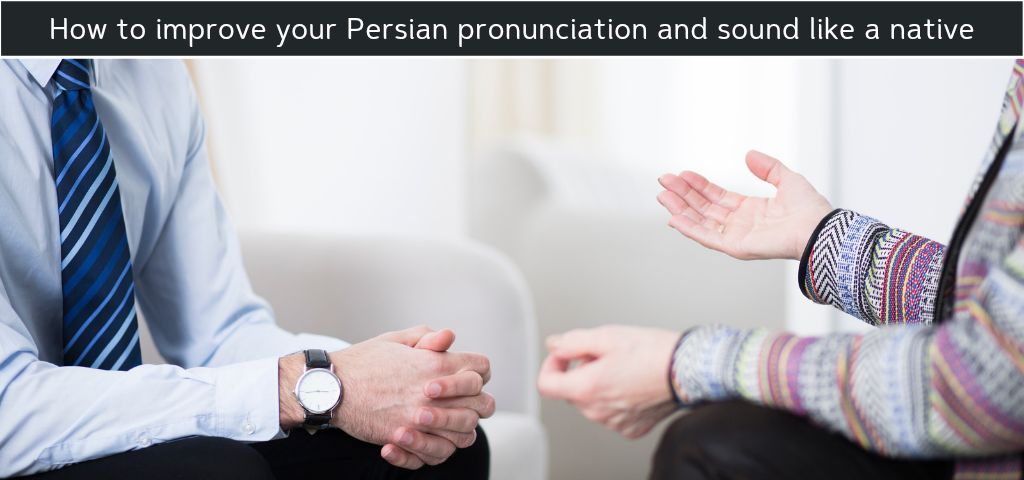
Any Persian language learner knows that, often spelling isn’t very helpful if we want to know how to correctly say a word.
In Persian, the pronunciation of some words is different from their spelling. This makes pronunciation a challenge for language learners. But great pronunciation is not just “how words and letters sound”; in fact, there are other equally important features to consider, like stress (which words and syllables have more ‘weight’ when we are speaking), intonation (how the tone of voice changes during a sentence, going up or down), and connected speech – how words can sound different when they are joined together in natural speech. All of these features help you to have good pronunciation – but don’t confuse them with the accent.
In Iran, Tajikistan, and other Persian-speaking countries there are many, many different types of accents, but people with those different accents can all be considered to have correct and good pronunciation. When you are learning Persian you don’t have to sound Iranian. Good pronunciation means being understood; not necessarily sounding like you were born in Tehran. In fact, many native speakers love hearing Persian spoken with a Spanish, Italian, English, or French accent! So, how can you work on your Persian pronunciation so that people can understand you easily, even if you retain your native accent? Here are 5 top tips for you to practice and perfect your Persian pronunciation.
Best Farsi Learning Resource!
1. Listen

Listening to examples of authentic speech is the most obvious way to improve your Persian pronunciation. There are lots of ways to do this – watch an Iranian film in its original version, listen to podcasts about a topic that interests you in Persian, even listening to music can help. Try to notice the intonation that native speakers use. You can add to this by ‘shadowing’. Shadowing means listening to a word or short sentence/phrase and then repeating it afterwards, trying to imitate the sounds, intonation, and word stress, and noticing how your mouth and tongue move when you speak Persian.
2. Learn new words with their pronunciations
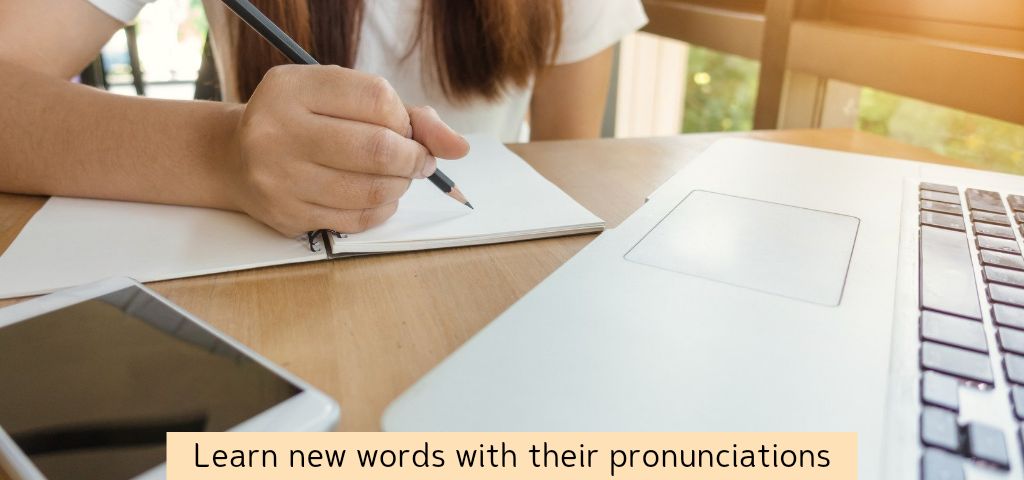
If you’re practicing vocabulary and come across a Persian word that you have no idea how to pronounce, do not try to guess. It is so much easier to learn the correct pronunciation from the beginning than to fix a bad habit later on.
If you find a Persian word so difficult to pronounce, you can even try recording the correct pronunciation on your phone to listen back to later.
FREE ONLINE Farsi Lessons:
- Learn Farsi in 100 Days Course
- Persian Alphabet
- Persian Video Lessons: Learn To Speak Persian Fast
- Persian Grammar
- Persian Vocabulary
- Persian Conversation
3. Record yourself
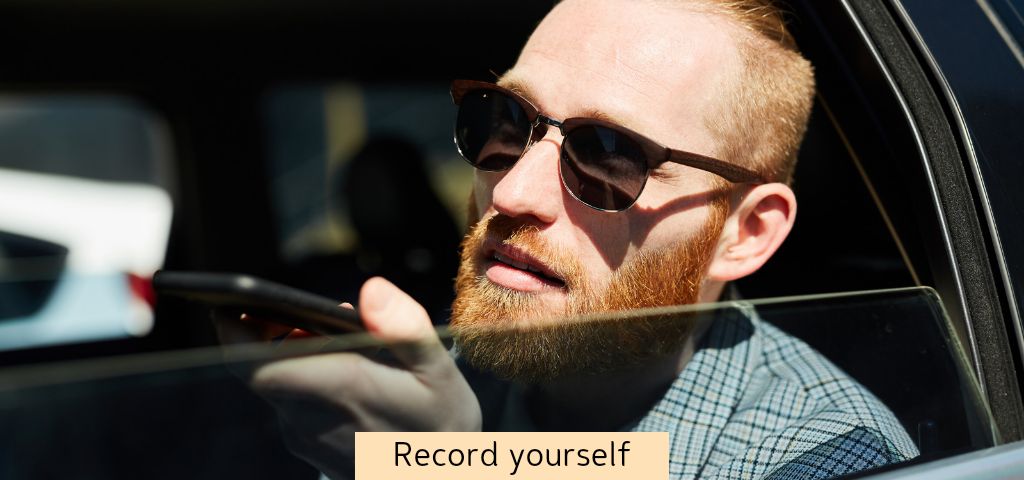
Once you have practiced shadowing, you could record yourself speaking – either repeating a short sentence/phrase that you have listened to, or doing a longer speaking task, like describing a picture or you can describe your home. Please listen back and make a note of any sounds that you have problems with – practice these words/sounds slowly and then record yourself again. Can you notice your improvement?
4. Listen to some podcasts
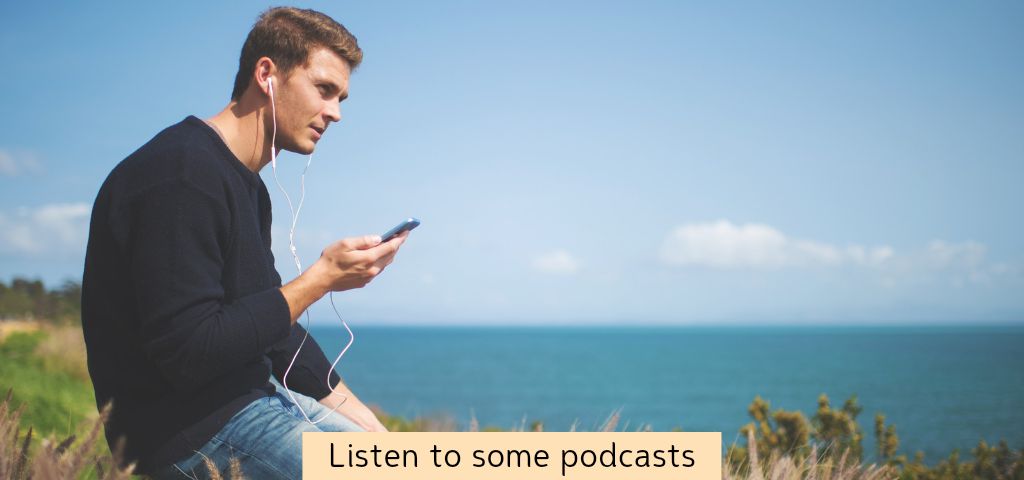
Listening skills are also critical for learning Persian pronunciation: you need to listen to native Persian speakers and pick up on their speech patterns. Podcasts are great for getting familiar with Persian as it is really spoken. They are so often recorded by people and speaking in a completely natural way. Some websites and apps, like YouTube, enable you to listen at half-speed, which is a great way to really focus on the sounds you are hearing and understand the accents in detail.
5. Do some exercise
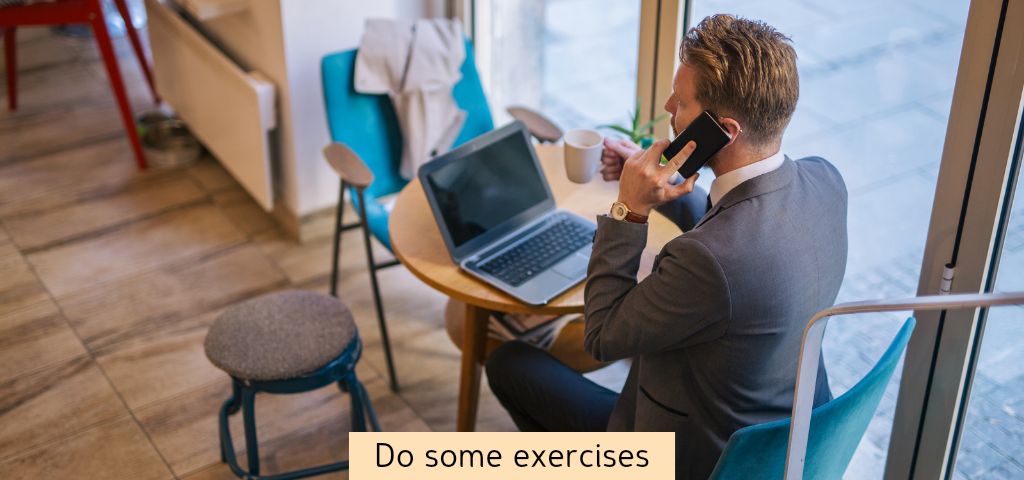
Different languages have different sounds and intonations, and our mouths adapt to those sounds. Some sounds and letters are physically very difficult for us to make, as they don’t exist in our native language. Exactly like when you are learning a new sport, it’s important and necessary that you train your mouth to know how to form new sounds – the more you practice the easier it gets. For example, lots of Spanish speakers have problems with the difference between the “ب” /b/ and “و” /v/ sound. We make the “ب” /b/ sound by joining our lips together and then letting go. The “و” /v/ sound is similar but your top teeth should touch your bottom lip before you let go. The more you practice this, the easier it gets.
Special Offers!
by: Learn Persian Online Team about (category: Blog)












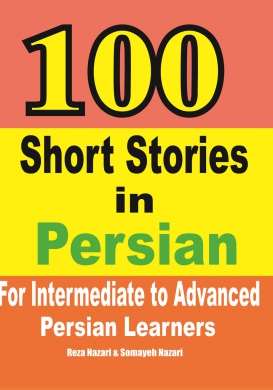




What people say about "How to Improve Your Persian Pronunciation and Sound Like a Native"?
No one replied yet.